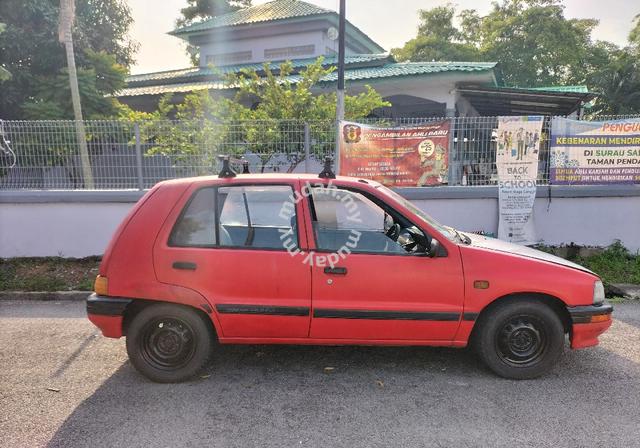


We also compute the deviations from the vertical for short falls and compare them to standard eastwards and southwards deviation expressions obtained with other modelizations of the gravity of the rotating Earth, in particular, for a rotating spherical body. We find that when the flattening of the Earth is taken into account, gravity tunnels have no exit: an object dropped from a point of the surface (other than on the equator or a pole) never reaches the surface again, unless the flattening has very specific (and unnatural) values. This study follows a procedure presented several times in this journal and elsewhere, i.e., the trajectory is first computed in the geocentric (non-rotating) frame, and it is then analysed in the terrestrial (rotating) frame.
#0 AD DROPSITE AURA FREE#
It turns out that the gravitational force acting on an object located inside the spheroid has a simple form (it is harmonic), so that it is straightforward to compute analytically the free fall trajectories. The Earth is described as a McLaurin spheroid, an exact equilibrium shape for a rotating homogeneous deformable body that provides a fair description of the actual shape of the Earth. In this article, we determine the shape of gravity tunnels by taking into account the polar flattening of the Earth resulting from its rotation. It is well known that because of the rotation of the Earth, such tunnels are not straight lines but instead they emerge westward of the antipodal point, when the Earth is approximated as a rotating sphere. The results can be scaled to other planets, stars, or even globular clusters.Ī "gravity tunnel" is the name given to a fictitious deep shaft drilled inside the Earth so that objects dropped from the surface of the Earth would free fall without ever touching the walls. Analytic solutions for the trajectories in a homogeneous sphere are derived and compared to the numeric results. Trajectories through objects of low central condensation show a focussing effect that decreases as the central condensation increases. Numerical integration of the equations of motion are then used to calculate the angular distance you can travel along the surface and the traversal time as a function of the parabolic periapsis distance for each model. Numerical integrations of the equations describing polytropes were used to generate the initial models. The n = 3 results are also scaled to the Sun. We use models of the interior of the Earth with three values of the polytropic index (n) to calculate interior orbits that travel between surface points. We describe how parabolic Keplerian orbits outside the object merge onto quasi-Keplerian orbits inside the object. Projectiles move along an orbital tunnel faster than they would along a brachistochrone connecting the same points but the body force components cancel. If you use a brachistochrone for the tunnel, the body forces in the tunnel become overwhelmingly large for small angular distances traveled. Not for children under 3 years.We describe how orbital tunnels could be used to transport payloads through the Earth. Can you guess which marble will win the race? Featuring neon racing colours, this updated twist on the classic Q-Ba-Maze STEAM activity is great for competition among multiple players or for solo play. A simple twist sends the marbles into the funnel and through the maze where double exit cubes send marbles down different paths.Ī Marble Vortex scrambles them again until they claim their order in the Finish Line Loop. Includes a specially designed Turbo Launcher to provide a randomized start. Get your building off to the races! The new Q-BA-MAZE super Race Set has coloured marbles speeding through any racecourse your builders dream up. Follow the plans provided in each set, get inspired by our plans section below, or create your own! Configurations are unlimited, allowing for unpredictable action when the steel marbles travel different routes. The big difference? You can create marble maze sculptures in any form such as animals, robots, towers, and geometric shapes. Q-BA-MAZE is a unique system of colourful cubes that interlock to form a marble run.


 0 kommentar(er)
0 kommentar(er)
